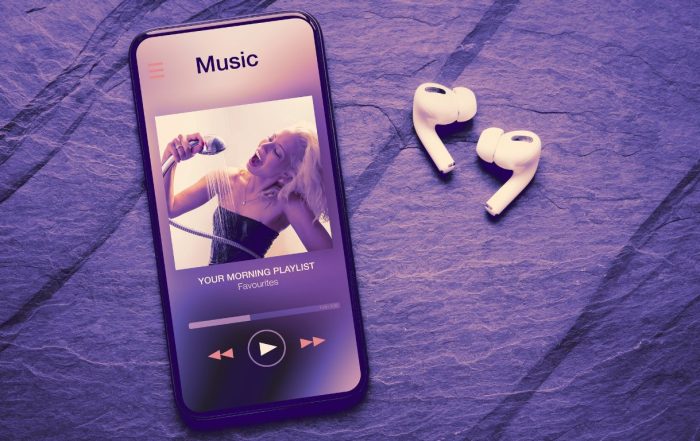
Android Wear makes wearable technology a reality for content providers
Post Author:
CacheFly Team
Categories:
Date Posted:
April 21, 2014
Follow Us:
Google’s recent announcement of the Android Wear operating system, a programming library designed for wearable technology, brings smartwatches, Google Glass, and other new devices closer to the mainstream. Providers serving up rich media content now need to consider supporting another platform in addition to PCs, smartphones, and tablets. Expect streaming content demands for wearables to share similarities with mobile devices: users want their content fast and glitch-free, no matter their location.
A closer look at Android Wear
It is a reasonable expectation that Android Wear will share many application programming interface similarities with the smartphone version of Android, giving developers a head start in supporting wearable technology. Getting Android Wear devices to the market before a smartwatch release from Apple is an obvious goal. When devices that support the platform hit the market, many existing Android apps will likely be tweaked for Android Wear and to support smaller screen sizes.
Internet access on these devices will likely operate in a similar fashion to smartphones with high-bandwidth capabilities — connectivity support for Wi-Fi, 4G LTE, and Bluetooth is another probability. Apps that support media streaming and location awareness will be commonplace, as smartwatches are essentially mobile phones in a different form. Content providers need to ensure their rich media is easily accessible on these smaller mobile devices.
Wearable technology considerations for content providers
The Android Wear announcement speaks to the legitimization of wearable technology. While wearable devices might not necessarily replace smartphones — Samsung’s Galaxy Gear smartwatch is actually a companion to a phone — it does make the shift to mobile devices more pronounced. Internet-based rich media content providers need to assume that their potential customers will consume that content on a mobile device — either a smartphone, smartwatch, or even something like Google Glass.
It is important that streaming media content is served up quickly and without glitches in any location. Therefore, content providers should partner with an industry-leading content delivery network (CDN) to ensure optimal performance of streaming video and audio to wearable devices. The best CDNs offer significant technical advantages, including Web acceleration and access to the Internet’s leading peering points, meaning latency-free video streaming anywhere in the world.
The advent of wearable technology raises the stakes for content providers hoping to reach an increasingly mobile audience. Working with a CDN is the best strategy to make sure those potential customers are able to access content no matter their location.
Photo credit: Wikimedia Commons
Product Updates
Explore our latest updates and enhancements for an unmatched CDN experience.
Request a Demo
Free Developer Account
Unlock CacheFly’s unparalleled performance, security, and scalability by signing up for a free all-access developer account today.
CacheFly in the News
Learn About
Work at CacheFly
We’re positioned to scale and want to work with people who are excited about making the internet run faster and reach farther. Ready for your next big adventure?





